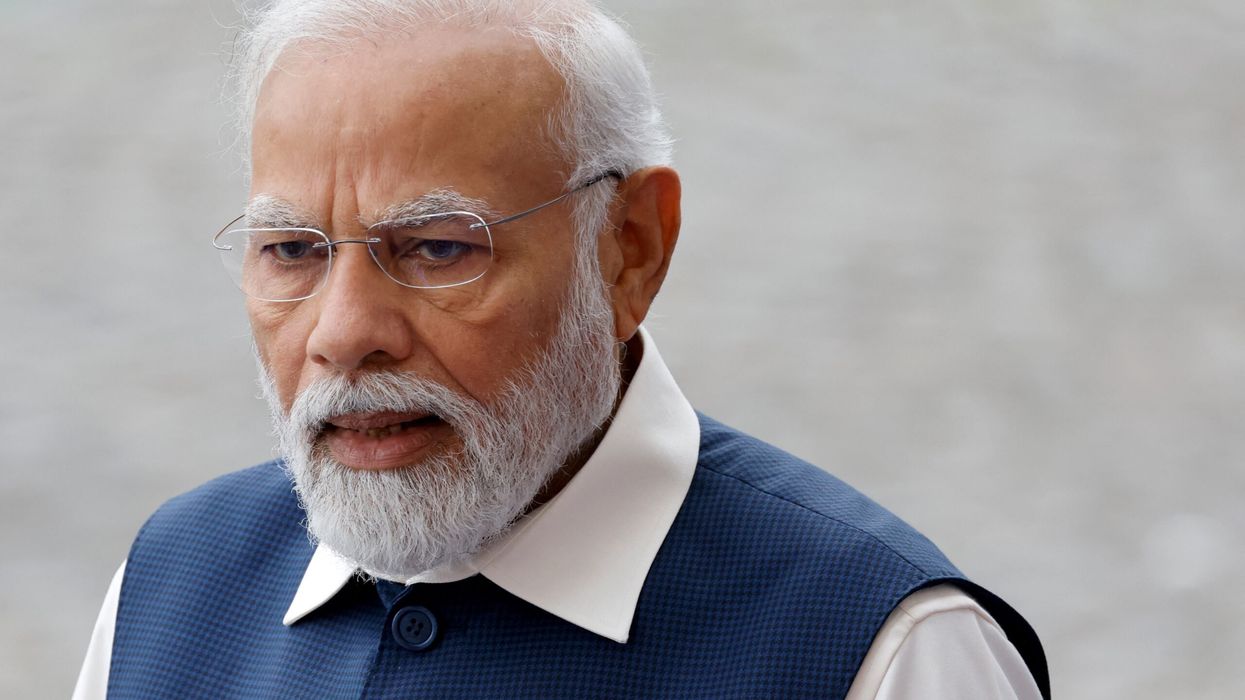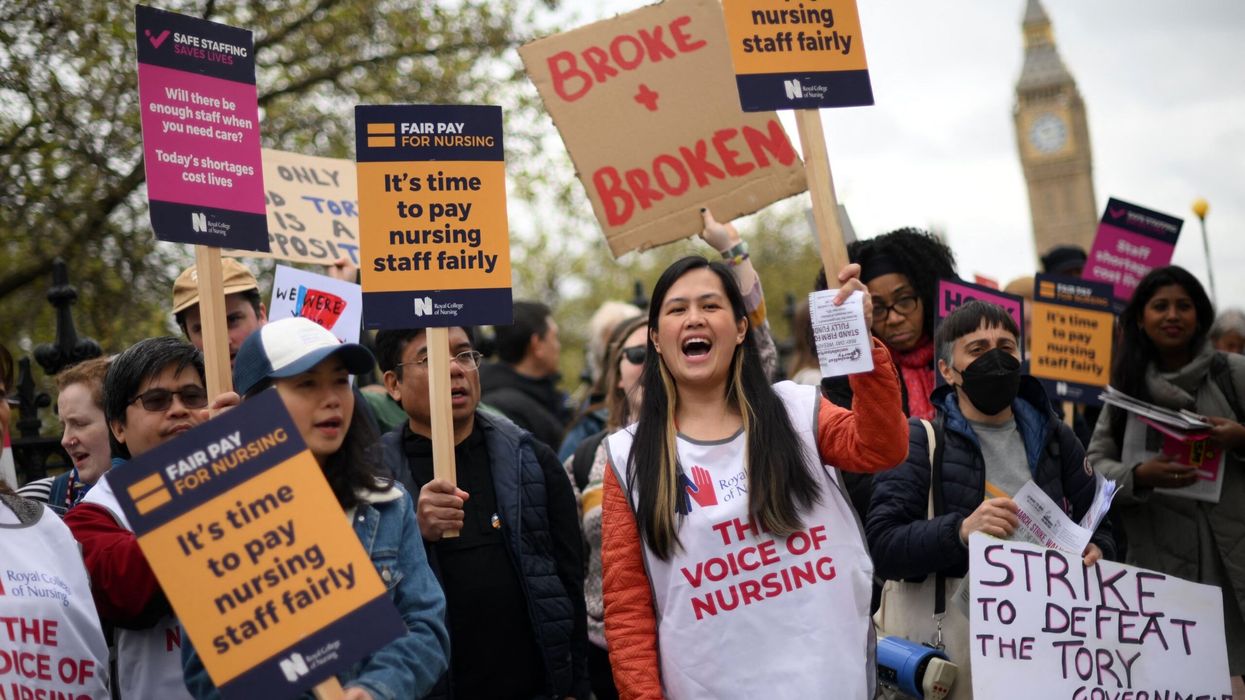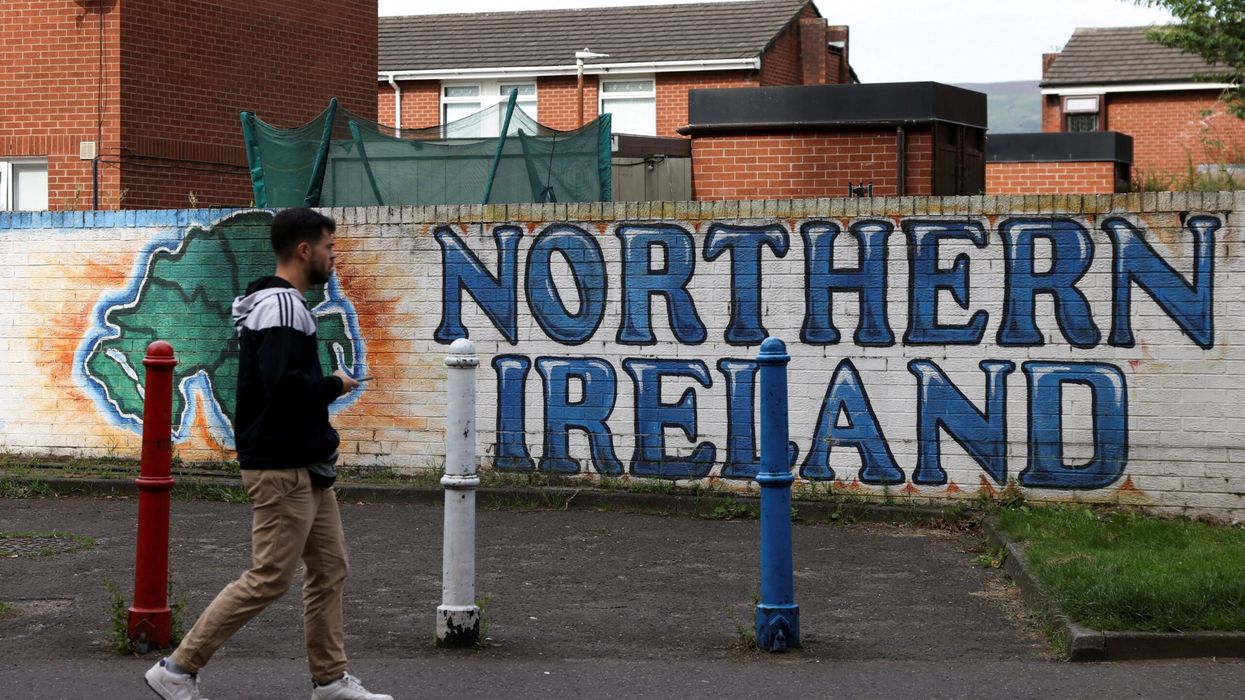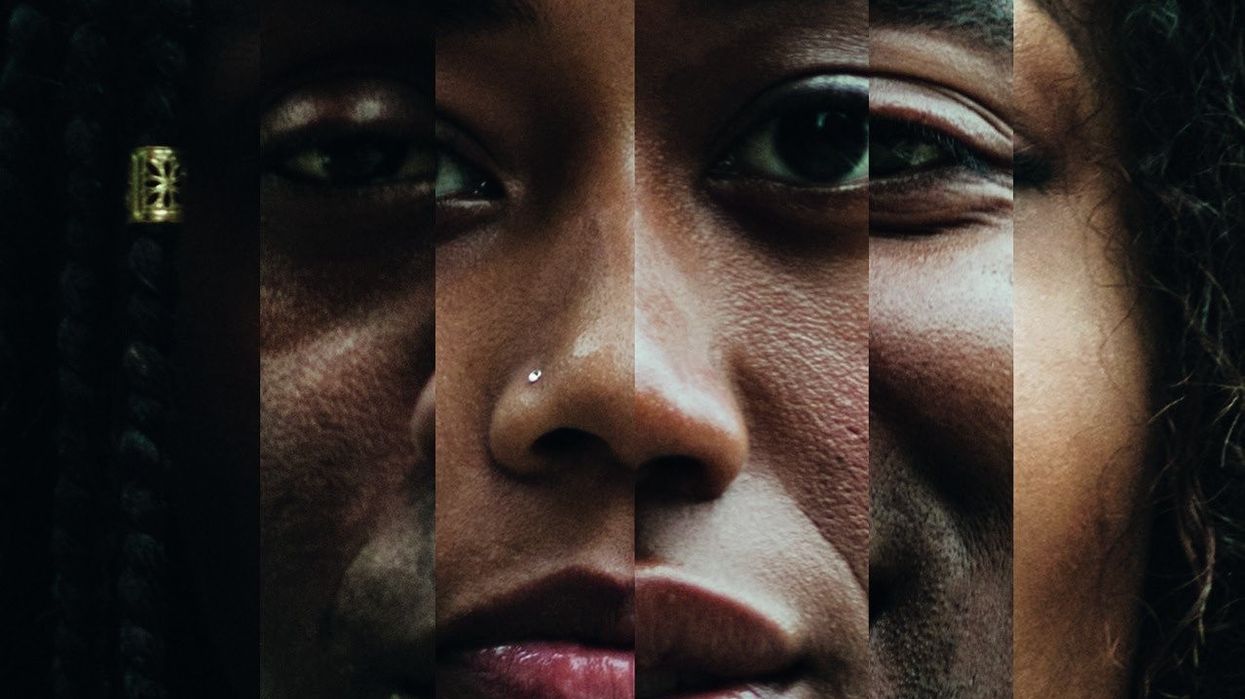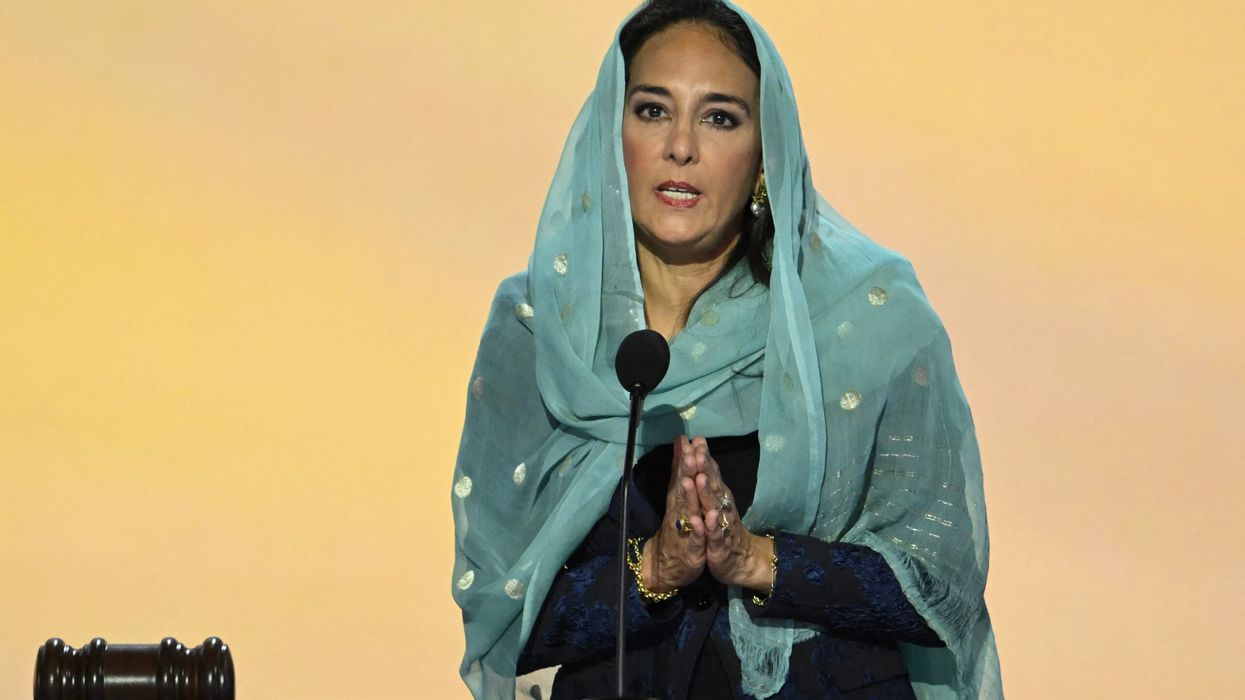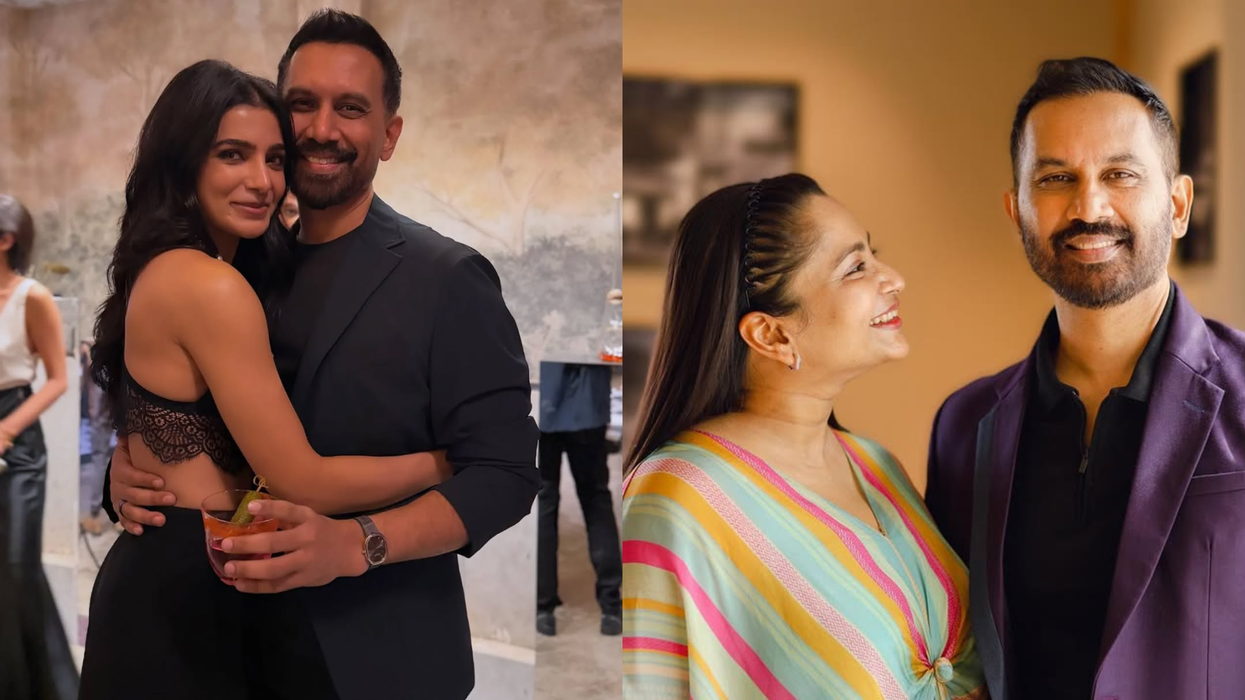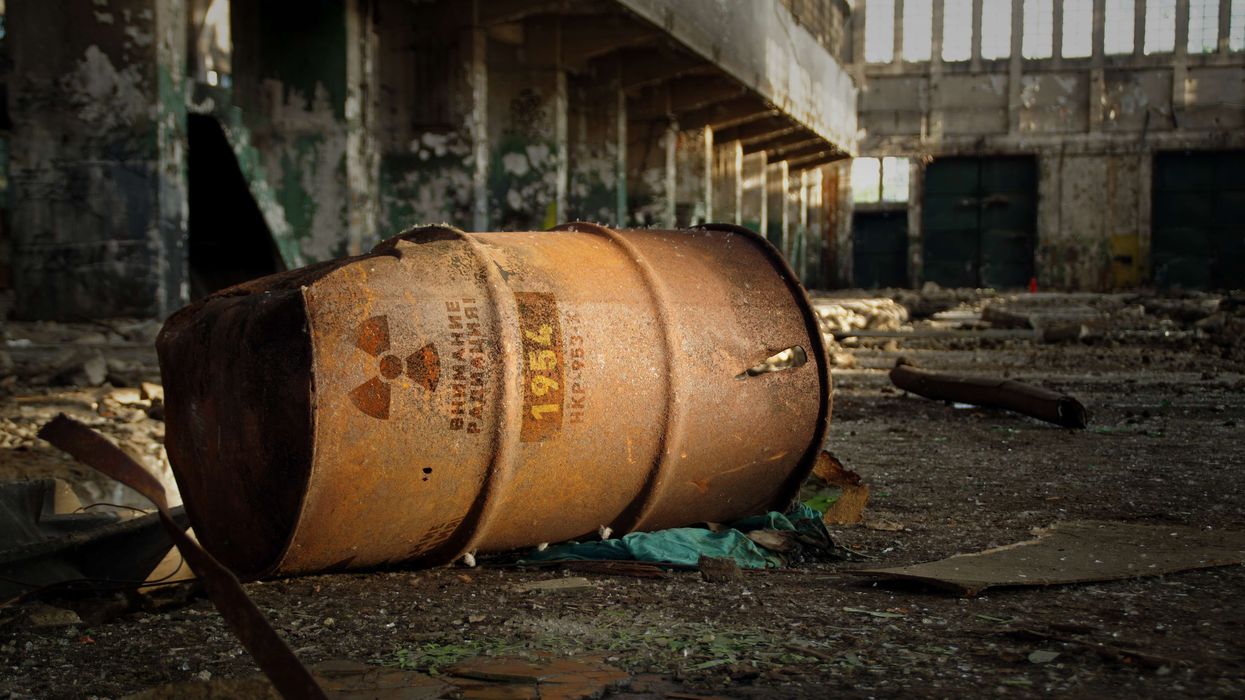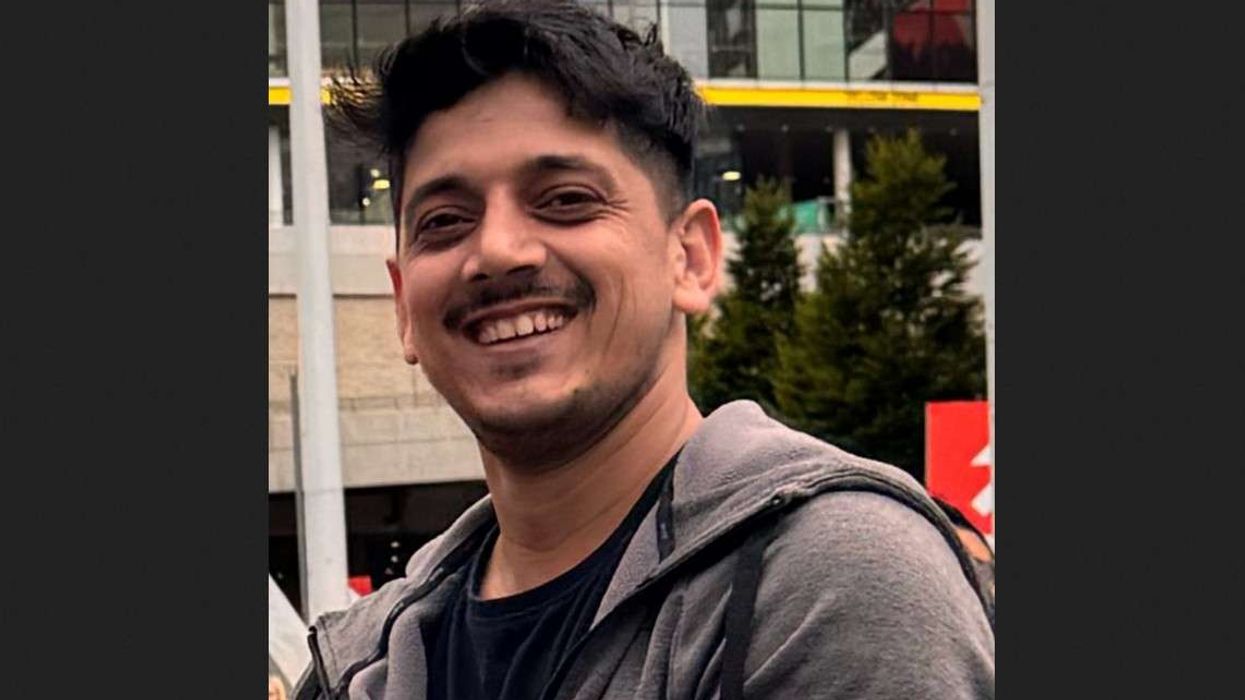As India heads towards another general election, prime minister Narendra Modi is confident of not just winning, but improving his party Bharatiya Janata Party's (BJP) tally in the Lok Sabha - the lower house of the parliament.
While replying to Newsweek's written questions, followed up with a 90-minute conversation at his official residence in New Delhi, the prime minister talked about a host of issues including the upcoming Lok Sabha polls, ties with Pakistan, Quad, Ram temple, and democracy, among others.
Modi said the BJP has an excellent track record of fulfilling promises, and for the Indian people it is a welcome change "as they were used to promises never being fulfilled."
He observed that most popular governments tend to lose support by the end of the second term. "Discontent toward governments has also increased in the last few years in the world. India stands out as an exception, where popular support for our government is increasing," he said.
Economic growth
Modi said India has a favourable demography, with the median age being 28 years. "We are committed to channeling this demographic dividend to transform India into a developed country by 2047," he added.
He said the country was allocating a huge amount of money to facilitate long-term research in the sunrise sectors. "India is venturing into areas like space, AI, green energy, semiconductors, and other futuristic technologies," he said.
He pointed out that from hardly a hundred startups in 2014, India now has 125,000 registered startups. "By constant skilling, reskilling, and upskilling as well as becoming employment creators, our youth will ensure that they continue to lead even in the coming few decades," he said.
Modi said the rapid economic growth is being tapped to empower the poor through welfare schemes. "These schemes have ensured that the poor get 40 million houses, over 100 million clean fuel connections, around 110 million clean water connections, over 110 million toilets, 500 million people get free health care and the last remaining 18 thousand villages get electricity," he pointed out.
He said these measures have also ensured multiple second-order effects like improving productivity, monetary and time savings, and health outcomes.
Infrastructure
Modi said the pace of India's transformation in the last decade has been accelerated by the rapid overhaul of its infrastructure.
"In the last 10 years, our National Highways network increased 60 percent, from 91,287 kilometres (56,723 miles) in 2014 to 146,145 kilometres (90,810 miles) in 2023. We have more than doubled our airports, from 74 in 2014 to over 150 in 2024. Supported by our Sagarmala project, we have enhanced the capacity of our ports and improved the operational efficiency," he said.
However, Modi was quick to emphasise his government's commitment to sustainability. "There is no contradiction between our physical infrastructure building and our commitment to fight climate change. In fact, India offers a credible model of how to enhance physical infrastructure and yet be at the forefront of mitigating climate change."
Digital payments and UPI
He described the digital payments platform UPI as a "fine example of Indian innovation at its best".
"I feel there are three important lessons from the success of UPI. First, technology should be open, interoperable, scalable and secure. Second, there should be democratization of technology. Third, people should be trusted to adapt quickly to technology and evolve," he said.
Foreign investments
Modi said his government's market-friendly policies coupled with world-class infrastructure and availability of skilled talent have yielded results. "We have major global manufacturing entities setting up shops in India."
"Given our strengths, India is now globally considered most suited for manufacturing world-class goods at a competitive cost. Apart from producing for the world, the vast Indian domestic market is an added attraction," he said.
Ties with neighbours
Modi stressed on the need to address the long-standing border dispute with China. "It is my belief that we need to urgently address the prolonged situation on our borders so that the abnormality in our bilateral interactions can be put behind us. Stable and peaceful relations between India and China are important for not just our two countries but the entire region and world."
As for Pakistan, he said, "India has always advocated for advancing peace, security, and prosperity in our region in an atmosphere free from terror and violence." He refused to comment on the imprisonment of Imran Khan.
Modi also dismissed the criticism of ending Jammu and Kashmir's special status, an issue that has also angered Pakistan.
"The process of development, good governance and empowerment of the people is to be seen to be believed. People are reaping the peace dividend: Over 21 million tourists visited Jammu and Kashmir in 2023. There has been a significant decline in terror incidents. Organized protests and stone pelting, which once disrupted normal life, are now a thing of the past," he said.
The Quad
Modi downplayed the contention that the Quad was aimed at China. "The U.S., Australia, Japan, India, China: All these countries are members of many groups. We are present in different combinations in different groups. Quad is not aimed against any country. Like many other international groupings, like SCO, BRICS and others, Quad is also a group of like-minded countries working on a shared positive agenda," he said.
Indian diaspora
Modi lauded the achievements of the Indian diaspora and he claimed he had been observing them even before he entered politics. "I understood their potential, strengths, and desires, but they lacked support and guidance," he said.
He said they are our ambassadors across the world and their success is a "global talking point". "Whenever I go abroad, leaders of the country always have high praise for them," he said.
Ram temple
Modi said the name of Shri Ram is imprinted on our national consciousness. "His name echoes across the length and breadth of our sacred land," he added.
"The return of Shri Ram to his birthplace marked a historic moment of unity for the nation. It was a culmination of centuries of perseverance and sacrifice. When I was asked to be part of the ceremony, I knew I would be representing the 1.4 billion people of the country, who have waited patiently for centuries to witness Ram Lalla's return," Modi said.
Religious minorities
The prime minister tried to dispel the oft-repeated criticism that his party is majoritarian and discriminates against minorities.
"These are usual tropes of some people who don't bother to meet people outside their bubbles. Even India's minorities don't buy this narrative anymore. Minorities from all religions, be it Muslim, Christians, Buddhist, Sikh, Jain, or even a micro-minority like Parsis are living happily and thriving in India," he said.
He claimed his government schemes and initiatives are "designed in such a way that there cannot be any discrimination". "Be it amenities like houses, toilets, water connection or cooking fuel or be it collateral free credit or health insurance, it is reaching every citizen irrespective of his community and religion," he said.
Women's rights
Modi said women are seeing increased participation across all sectors, including the armed forces. "Women are at the forefront of India's development story today," he said.
He recounted the recent pathbreaking legislation to provide 33 percent reservation for women in the Parliament and State legislatures, drop in the maternal mortality ratio from 130 (out of 100,000 live births) in 2014 to 97 in 2020, and the improvement of the nutritional status of women.
Democracy and press freedom
Modi claimed India is a democracy not only because of its Constitution, "but also because it is in our genes".
"India is the mother of democracy. Be it Uttaramerur in Tamil Nadu, where you can find inscriptions about India's democratic values from 1100 to 1200 years ago, or speak of our scriptures which give examples of political power being exercised by broad-based consultative bodies," he said.
Regarding contemporary times he said, "As the largest democracy in the world, over 600 million people voted in the General Elections in 2019. In a few months from now, over 970 million eligible voters will exercise their franchise. More than one million polling stations would be set up across India."
This ever-increasing voter participation is "a big certificate" for the people's faith in Indian democracy, he said.
Modi contended that a democracy cannot function without a vibrant feedback mechanism. "And our media plays an important role in this regard. We have around 150,000 registered media publications and hundreds of news channels," he said.
As for the critics, he said they have lost connection with the people of India. "These people also tend to live in their own echo chamber of alternate realities. They conflate their own dissonance with the people with dubious claims of diminishing media freedom," he said.
